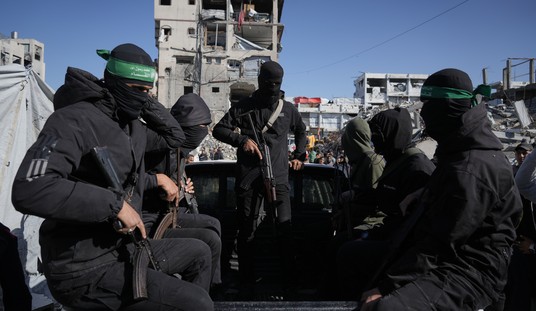Either employing long-term wisdom or momentary political acumen, President Barack Obama was right last week not to mix up an overwhelming feeling of grief and mourning over the Newtown tragedy with the classic debate about gun control. Still, the question has been raised by pundits like Jeffrey Sachs and political leaders like Dianne Feinstein, and will inevitably be raised again and again: since massacres happen, and are usually perpetrated with firearms, is it not reasonable to repeal the Second Amendment, or at least to interpret it in the most restrictive way?
Jeffrey Sachs contends that John Howard, the iconic conservative prime minister of Australia, when faced in 1996 with a killing spree in Port-Arthur, Tasmania (35 casualties), introduced federal gun-control legislation, and that it worked. Indeed, the country has been spared another Port-Arthur ever since then.
But there was at least one multiple killing case: the Monash University killing in 2002 where a foreign student shot seven people and killed two. Moreover, Sachs disregards the fact that there was no significant decrease in Australia since 1996 regarding global levels of crime, violence, and homicide. Restrictions on legally purchased and owned weapons simply induced would-be killers to resort to black-market purveyors, or to turn to other ways of killing.
The same is true of many other countries. Most Americans may not be aware of it, but attacks on children and teenagers are nowadays as prevalent in China — a country where ordinary citizens are not allowed to own firearms, even selectively — as in the United States.
No less than 21 children and teenagers were killed in China at school premises by adult intruders using knives and hammers over the past three years, and about one hundred were injured. The latest reported case happened exactly the same day — Friday, December 14 — as the Newtown multiple killing: a man randomly stabbed 22 children at an elementary school in Chenpeng, a village in the Henan province. None of the victims died. But it was more a matter of good luck than anything else.
Democratic countries with selective gun-control regimes are not immune to actual or attempted massacres, including massacres of schoolchildren or students. France is still reeling from the onslaught on a Jewish school in Toulouse last spring. Mohamed Merah, the jihadist murderer, was equipped with both an automatic gun and a handgun. His intention was clearly to use the automatic gun in order to kill as many children and teachers as possible. When he realized that this weapon was jammed, he switched to the handgun, and thus killed “only” three preteens and one teacher.
There were other cases in France. Back in 2002, a depressive humanitarian militant, Richard Durn, entered the Nanterre City Hall and shot one by one the 27 members of the local City Council. Eight died on the spot ; nineteen were wounded and managed to survive. Even earlier, in 1993, failed entrepreneur Eric Schmitt took a whole kindergarten hostage in Neuilly. Although he was equipped with guns and explosives, he envisioned cutting the throats of at least six of the children. RAID, the French police’s special branch, moved in before he could act.
Norway is another democratic country with restrictive gun regulations. That did not prevent Anders Behring Breivik from randomly shooting students on Utoya island near Oslo in 2011, and killing 69 of them.
A comparison between world weapons statistics and world homicide statistics is even more intriguing. Unsurprisingly, the United States comes first in terms of weapons, with 88.8 weapons for 100 residents. However, its intentional homicide rate is not horrendous by international standards: 4.2 homicides for 100,000 residents.
This compares against 10.2 for Russia, 16.9 for Mexico, 31.8 for South Africa, and 45.1 for Venezuela — countries that, all of them, have under 15 weapons per 100 residents.
The homicide rate in the United States is even lower when firearm-only intentional homicides are taken into account: 3.2 per 100,000.
What about the countries that follow the United States on the weapons-owning index?
The second country, Serbia, reports 58.2 guns for 100 residents; Serbia’s homicide rate is very low: 1.2. The third country, Yemen, where the guns to residents ratio is 54.8 per 100, the homicide rate is 4.2, same as in the U.S. The fourth country, Switzerland, has 45.7 guns per 100 residents, and a very low 0.7 homicide rate.
One may infer from such data that homicide, including massacres, is not a matter of hardware but rather of software: weapons are not conducive to violence; what makes them dangerous is a violence-oriented culture.
A way to double check this assumption is to look into regional statistics where they are available.
Clearly, there are differences in America from state to state, both in terms of gun control and of homicide. There is not much correlation, however, between gun control, gun availability, and homicide. But there is a correlation between a low homicide rate and a vibrant community life. Utah and New Hampshire are the two least homicidal states in the United States, with, respectively, 1.3 and 0.8 homicides per 100,000 residents. So far, none of them is tilting toward gun control. But both of them are based, in their respective way, on strong community values.









Join the conversation as a VIP Member